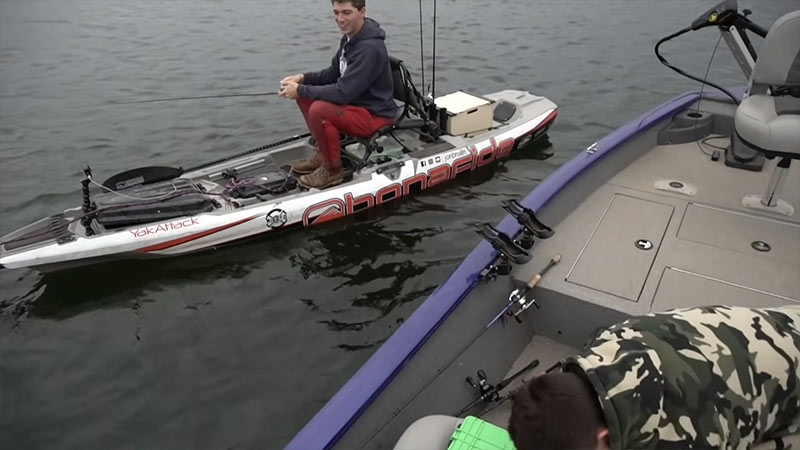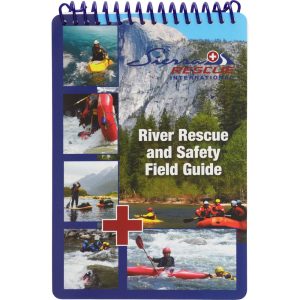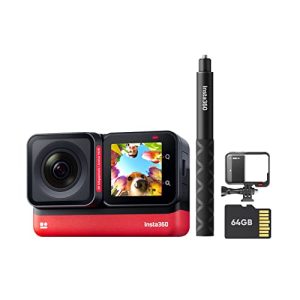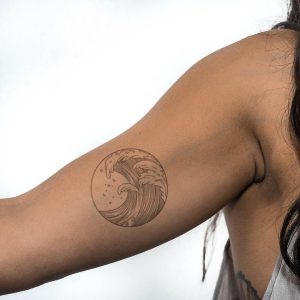Contents
Have you ever wondered whether a kayak is considered a boat? It’s a question that might seem simple at first, but the answer might surprise you. Kayaks have become increasingly popular in recent years for their versatility and recreational use. They offer a unique way to navigate through water bodies, but does that make them a boat? In this article, we’ll explore the various perspectives and definitions to determine whether a kayak can truly be classified as a boat. Get ready to expand your understanding of these fascinating watercrafts!
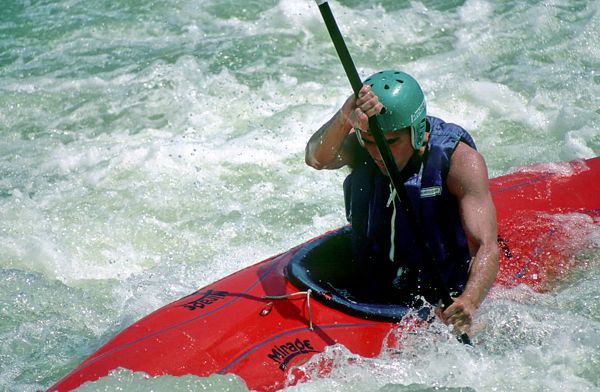
Definition of a Boat
Legal Definition
A boat, in legal terms, refers to any vessel that is used or capable of being used as a means of transportation on water. The legal definition of a boat may vary depending on the jurisdiction, but generally includes watercraft such as ships, barges, yachts, sailboats, and motorboats. This definition is important as it determines the regulations and requirements that apply to the operation and use of a boat.
Common Definition
From a common perspective, a boat is typically thought of as a small to medium-sized vessel used for recreational activities or transportation on water. This definition encompasses a wide range of watercraft, including kayaks, canoes, rowboats, and paddleboards. Unlike the legal definition, the common definition focuses more on the size and purpose of the watercraft rather than its technical classification.
Characteristics of a Kayak
Design
Kayaks are narrow, streamlined boats designed to be paddled by one or two individuals. They are usually made from materials such as fiberglass, plastic, or wood. The design of a kayak allows for easy maneuverability and control, as well as efficient propulsion through the water. Most kayaks have a closed cockpit, called a deck, where the paddler sits, protected from the water.
Propulsion
Kayaks are primarily propelled by paddling with a double-bladed paddle. The paddler uses alternating strokes on either side of the boat to propel it forward. The design of the kayak, with its narrow hull and streamlined shape, allows for efficient paddling and maneuverability. Some specialized kayaks may also have pedal-driven propulsion systems or electric motors for additional assistance.
Use
Kayaks are versatile watercraft that can be used for various purposes. They are commonly used for recreational activities, such as touring, fishing, and whitewater rafting. Kayaks also have a long history of use in indigenous cultures for transportation and hunting. In recent years, kayaking has gained popularity as an adventure sport and an eco-friendly way to explore nature.

Comparison to Traditional Boats
Size and Capacity
One of the main differences between kayaks and traditional boats is their size and capacity. While traditional boats can range from small dinghies to large yachts that can accommodate multiple people, kayaks are typically designed for one or two paddlers. The compact size of kayaks allows for easy maneuverability and access to narrower waterways that may be inaccessible to larger boats.
Hull Shape
Another distinguishing feature is the hull shape of kayaks compared to traditional boats. Kayaks have a narrow, V-shaped hull or a rounded hull, which adds to their stability and maneuverability. Traditional boats, on the other hand, often have a wider hull to provide more stability and storage space.
Seating and Stability
In kayaks, the paddler sits inside the cockpit with their legs extended forward. This seating position, combined with the low center of gravity, enhances stability and control. Traditional boats, however, typically have different seating arrangements, such as benches, captain’s chairs, or even standing areas. The seating position in traditional boats may vary depending on the purpose and design of the boat.
Speed and Maneuverability
Kayaks are known for their agility and maneuverability in the water. The streamlined design and narrow hull enable kayaks to glide swiftly through the water, making them ideal for activities like touring and whitewater rafting. Traditional boats, on the other hand, may sacrifice some maneuverability for stability and larger storage capacity.
Similarities with Boats
Watercraft Classification
Despite their differences, kayaks and traditional boats share some similarities in terms of watercraft classification. Both kayaks and traditional boats are considered watercraft, which means they are subject to regulations and laws regarding their operation and safety on the water.
Water Transportation
Kayaks, like traditional boats, serve as a means of transportation on water. While kayaks are often used for recreational purposes, they can also be used for short-distance transportation in certain environments, such as coastal areas or rivers. Traditional boats, with their larger size and capacity, are more commonly used for longer journeys or commercial transportation.
Marine Laws and Regulations
Both kayaks and traditional boats are subject to specific laws and regulations that govern their operation and use on the water. These regulations may include requirements for safety equipment, licensing, registration, and navigational rules. It is important for kayakers and boat owners alike to familiarize themselves with these laws to ensure safe and responsible watercraft operation.
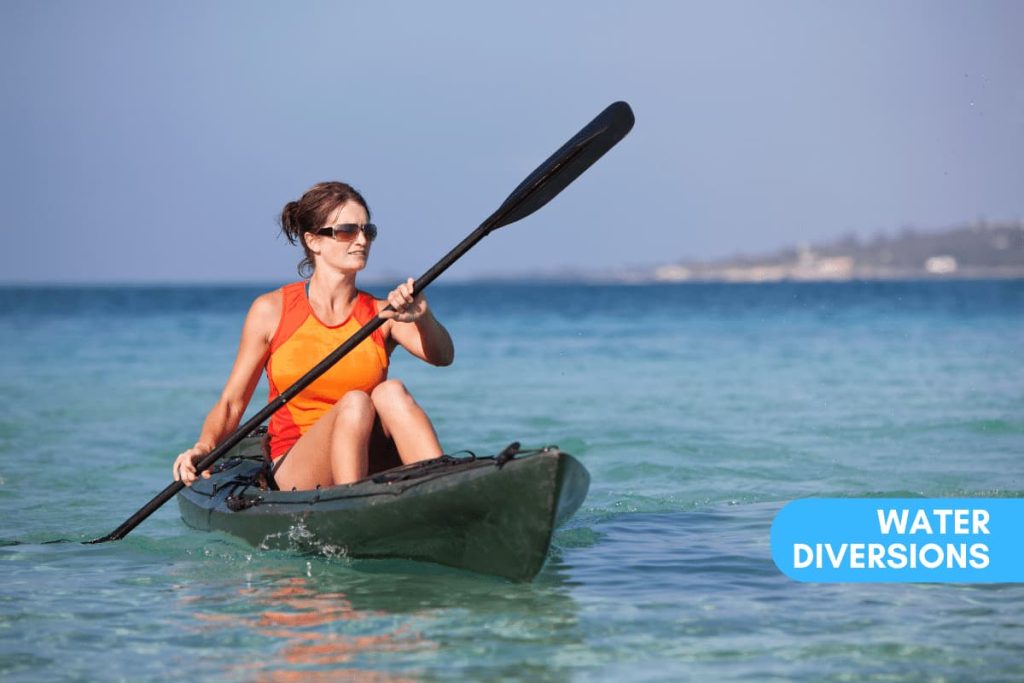
Differences from Boats
Structure and Design
While kayaks and traditional boats both serve the purpose of water transportation, they differ significantly in their structure and design. Kayaks are typically smaller, more streamlined, and have a closed cockpit design, while traditional boats come in a wide range of sizes, designs, and configurations.
Propulsion Methods
The propulsion methods used in kayaks and traditional boats also differ. Kayaks are primarily propelled by paddling with a double-bladed paddle, whereas traditional boats often rely on sails, motors, or oars for propulsion. The different methods of propulsion contribute to the unique features and handling characteristics of each type of watercraft.
Use and Purpose
Kayaks are commonly used for recreational activities, such as fishing, leisure paddling, or adventure sports. They are designed to provide a close connection with the water and are favored by those seeking a more intimate and active water experience. Traditional boats, in contrast, are used for a wide range of purposes, including fishing, transportation, leisure cruising, and commercial activities.
Legal Classification of a Kayak
Watercraft Regulations
Kayaks are generally classified as watercraft and are subject to regulations that vary depending on the jurisdiction. These regulations may include requirements for safety equipment, such as personal flotation devices (PFDs), lights, and signaling devices. Additionally, kayaks are often subject to navigational rules, such as right-of-way and speed limits when operating in certain areas.
Boat Licensing and Registration
The requirement for boat licensing and registration varies from country to country and within different states or provinces. While some jurisdictions may exempt kayaks from licensing and registration, others may require it, particularly for kayaks equipped with motors or used for certain commercial purposes. It is essential to check the specific regulations of the area where the kayak will be operated to ensure compliance with licensing and registration requirements.
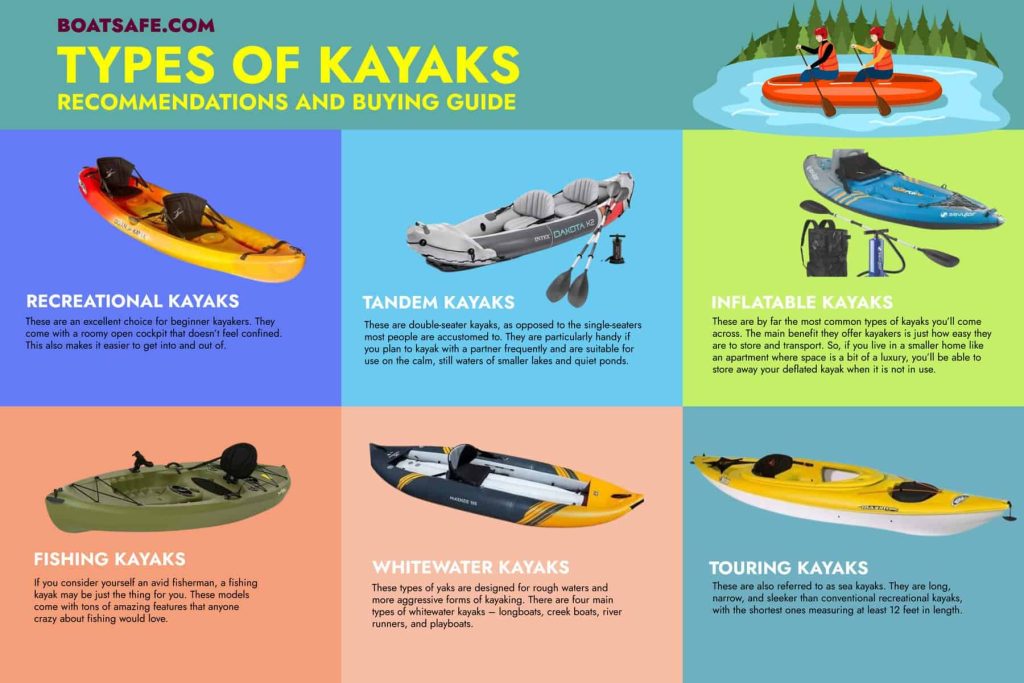
Recreational Use of a Kayak
Kayak Fishing
One popular recreational use of kayaks is kayak fishing. Due to their maneuverability and ability to access shallow areas, kayaks provide anglers with an advantage in reaching remote fishing spots that larger boats cannot reach. Kayak fishing allows for a quiet and unobtrusive approach, increasing the chances of a successful catch.
Kayaking for Leisure
Kayaking for leisure is another common recreational activity enjoyed by many. Whether paddling on a calm lake, meandering through a gentle river, or exploring coastal waterways, kayaking allows individuals to immerse themselves in nature and enjoy the tranquility of being on the water. Leisure kayaking can be a rejuvenating experience and provides an opportunity to explore and appreciate natural environments.
Adventure Sports
For thrill-seekers and adrenaline junkies, kayaking offers a range of adventure sports. Whitewater kayaking involves navigating through turbulent rapids and challenging obstacles, requiring skill and physical prowess. Sea kayaking involves paddling on open ocean or coastal waters, providing opportunities for extended journeys, camping, and exploring remote areas. These adventure sports attract individuals seeking excitement, physical challenge, and a connection with nature.
Safety Measures for Kayaking
PFD Requirements
One of the most crucial safety measures when kayaking is wearing a personal flotation device (PFD). Regardless of the skill level or the nature of the water, wearing a properly fitted PFD can greatly increase the chances of survival in case of an accident or capsize. PFDs should be of appropriate size, in good condition, and worn at all times during kayaking activities.
Training and Certification
Obtaining proper training and certification in kayaking is highly recommended, especially for beginners or those venturing into more challenging environments. Lessons in basic paddling techniques, water safety, and rescue procedures can equip kayakers with the necessary skills and knowledge to navigate different conditions and handle unexpected situations effectively.
Navigational Safety
Kayakers should familiarize themselves with navigational rules and regulations specific to the areas they plan to explore. Understanding right-of-way rules, speed limits, and navigation markers helps ensure safe interactions with other watercraft and prevents accidents. Additionally, keeping a close eye on weather conditions and tides is crucial for kayakers, as they can affect water currents, sea state, and overall safety.
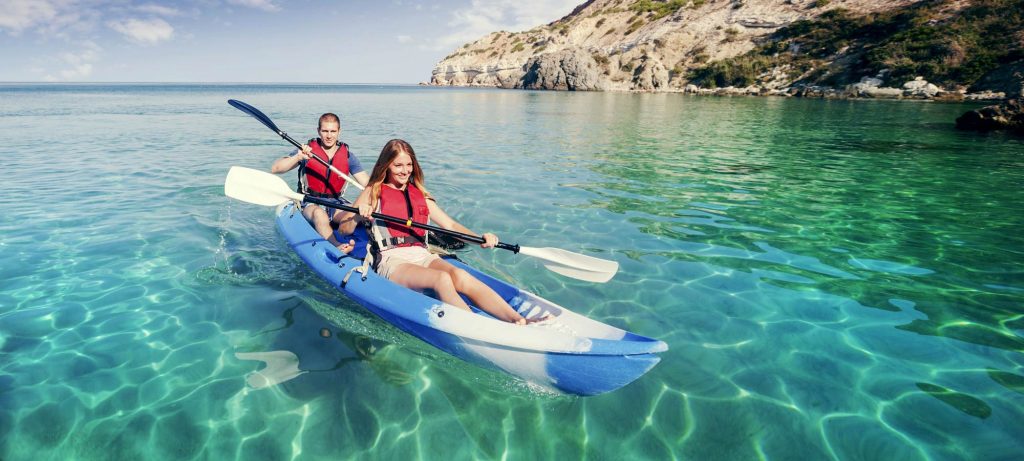
Benefits of Kayaking
Physical Fitness
Kayaking provides numerous physical fitness benefits. Paddling engages the muscles of the upper body, such as the arms, shoulders, and core, leading to improved strength and endurance. It is also a low-impact activity that can increase cardiovascular fitness and stamina. Regular kayaking can contribute to weight loss, improved flexibility, and overall fitness levels.
Nature Connection
One of the unique aspects of kayaking is the opportunity it provides to connect with nature on a deeper level. Being on the water allows for a closer observation of marine and aquatic ecosystems, wildlife, and natural landscapes. The peacefulness and serenity of kayaking can offer a sense of tranquility and help reduce stress, providing a mental and emotional connection to the natural world.
Affordability
Compared to other forms of water recreation, kayaking is relatively affordable. The initial cost of purchasing a kayak may vary depending on the type and quality desired, but once obtained, kayaking requires minimal ongoing expenses. Unlike motorized boats, kayaks do not require fuel or expensive maintenance. This affordability makes kayaking accessible to a wide range of individuals, allowing them to enjoy the benefits of being on the water without breaking the bank.
Conclusion
In conclusion, a kayak can be considered a type of boat, albeit with distinct characteristics and purposes. While the legal definition of a boat may include kayaks, the common definition of a boat often focuses on larger watercraft. Kayaks, with their unique design, propulsion methods, and versatility, offer a different experience and set of benefits compared to traditional boats. Regardless of the legal classification, kayaking provides individuals with opportunities for recreation, adventure, and a close connection with the natural world. By adhering to safety measures, obtaining proper training, and respecting applicable regulations, kayakers can enjoy all that this fascinating watercraft has to offer. So, next time you hit the water in your kayak, remember that you are part of the vibrant boating community, exploring the world from a unique and enjoyable perspective.

